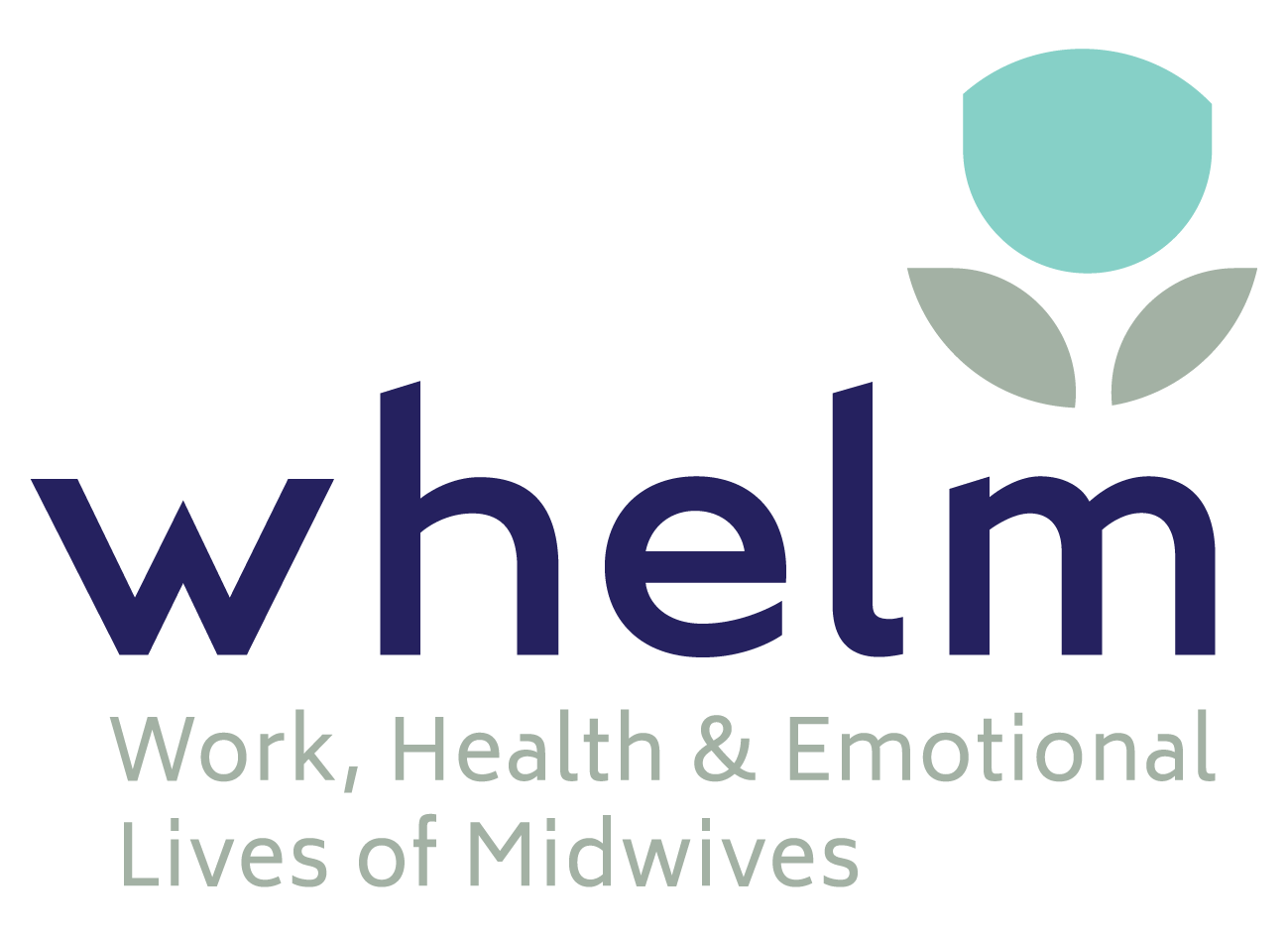Students provide continuity for women – regardless of model
Continuity of care, and continuity of carer, are terms which are commonly confused (Donnelly et al., 2019). Continuity of carer means a named designated carer – usually a midwife – provides most of the care to each woman for the antenatal, labour and birth, and postpartum periods (National Perinatal Epidemiology and Statistics Unit, 2015). Australian Bachelor of Midwifery programs require students to provide continuity of carer experiences (CoCE) under the supervision of a midwife. Specifically, students must recruit a minimum of 10 pregnant women – and then attend at least four antenatal visits, labour and birth, and at least two postnatal visits with each woman. We know that women want and value midwifery students because they provide a familiar face and much needed support, especially in fragmented models of care (Kelly et al., 2014; Tickle et al., 2016; Stulz et al., 2020; Jefford et al., 2020; Tickle et al. 2020). However, new research demonstrates that women may also benefit clinically from having student provide continuity of carer alongside a supervising midwife (Tickle et al., 2021).
Outcomes for women who had continuity from a midwifery student
A recent study looked back at clinical outcomes for women who gave birth in 2015 – 2020 across several maternity services (and models of care), who had received CoCE with a pre-registration midwifery student (Tickle et al., 2021). Midwifery students used a secure electronic portfolio to record the clinical details for their CoCE participants (e.g., gestation at first visit, onset of labour, mode of birth, perineal status). The portfolio data were anonymised to protect confidentiality before they were extracted into a statistical program for analysis. Outcomes for women who had CoCE with a midwifery student were compared with national and state-wide data. The researchers analysed data from over 5000 women during pregnancy, and of those, and over 3000 who had birthed. Women who received CoCE with a midwifery student had clinical outcomes equal to or better than women outcomes in the state of Queensland. Significantly, women had lower rates of tobacco smoking after 20 weeks of pregnancy, episiotomy, and severe perineal trauma (Tickle et al., 2021).
Lower rates of smoking in later stages of pregnancy
A recent systematic review of GPs, midwives, and obstetricians practice found that most asked, advised and assessed pregnant women’s readiness to cease smoking; but were less likely to assist with cessation or arrange referral (Gould et al., 2019). Midwives are particularly effective at helping women stop smoking in late pregnancy (McNeil et al., 2012). Furthermore, there is evidence that women are more likely to cease smoking when they receive consistent information from multiple health providers (An et al., 2008). This may explain why having continuity from a student enhanced women’s ability and willingness to cease smoking during pregnancy.
Lower rates of perineal trauma
Midwifery students who provide CoCE to women are encouraged to be the accoucheur births under supervision. Because evidence-based practice is a founding principle of undergraduate midwifery education, students are prepared to use evidence-based techniques in practice (Australian Nursing and Midwifery Accreditation Council, 2021). For example, antenatal perineal massage or application of warm compresses in second stage labour are both associated with lower rates of episiotomy and several perineal trauma (Tickle et al., 2021).
So…what now?
Continuity is a unique learning opportunity for midwifery students to appreciate maternity care from the woman’s point-of-view. In this way, students learn the importance of woman-centred care (Tickle et al., 2021). Furthermore, continuity provides the optimal context for learning and supervised practice (Tierney et al., 2017). Therefore, continuity of midwifery care from a student alongside a supervising midwife, benefits both the woman and the student. Pregnant women should be aware of the benefits of receiving continuity from a midwifery student – and be able to access this option.
Midwifery programs that provide a secure and practical web-based system for CoCE data collection enable students’ clinical reflection. This process prepares new graduate midwives for ongoing reflexivity and processes including midwifery practice review. Analysis of women’s feedback and outcomes builds the capability of the midwifery workforce to place the woman at the centre of care.
Highlighted research
Tickle, N. Gamble, J., Creedy, D.K. (2021). Clinical outcomes for women who had continuity of care experiences with midwifery students. Women and Birth, Article in Press. https://dx.doi.org/10.1016/j.wombi.2021.04.004
References
Australian Nursing and Midwifery Accreditation Council. (2021). Midwife accreditation standards 2021. ANMAC https://www.anmac.org.au/sites/default/files/documents/06920_anmac_midwife_std_2021_online_05_fa.pdf
Donnolley, N. R., Chambers, G. M., Butler-Henderson, K. A., Chapman, M. G., & Sullivan, E. (2019). A validation study of the Australian Maternity Care Classification System. Women and Birth, 32(3), 204-212. https://doi.org/10.1016/j.wombi.2018.08.161
Gould, G. S., Twyman, L., Stevenson, L., Gribbin, G. R., Bonevski, B., Palazzi, K., & Bar Zeev, Y. (2019). What components of smoking cessation care during pregnancy are implemented by health providers? A systematic review and meta-analysis. British Medical Journal Open, 9(8), e026037. https://doi.org/10.1136/bmjopen-2018-026037
Jefford, E., Nolan, S., Sansone, H. & Provost, S. (2020). ‘A match made in midwifery’: Women’s perceptions of student midwife partnerships”. Women and Birth, 33(2), 193-198. https://doi.org/10.1016/j.wombi.2018.11.018
Kelly, J., West, R., Gamble, J., Sidebotham, M., Carson, V., & Duffy, E. (2014). ‘She knows how we feel’: Australian Aboriginal and Torres Strait Islander childbearing women’s experience of continuity of care with an Australian Aboriginal and Torres Strait Islander midwifery student. Women and Birth, 27(3), 157-162. https://doi.org/10.1016/j.wombi.2014.06.002
McNeill, J., Lynn, F., & Alderdice, F. (2012). Public health interventions in midwifery: a systematic review of systematic reviews. BMC Public Health, 12(1), 955. https://doi.org/10.1186/1471-2458-12-955
National Perinatal Epidemiology and Statistics Unit. (2015). Maternity model of care—extent of continuity of carer, code N[N]. Retrieved from: https://meteor.aihw.gov.au/content/index.phtml/itemId/562423
Stulz, V., Elmir, R, & Reilly, H. (2020). Evaluation of a student-led midwifery group practice: A woman’s perspective. Midwifery, 86. https://doi.org/10.1016/j.midw.2020.102691
Tickle, N., Sidebotham, M., Fenwick, J., & Gamble, J. (2016). Women’s experiences of having a Bachelor of Midwifery student provide continuity of care. Women and Birth, 29(3), 245-251. https://doi.org/10.1016/j.wombi.2015.11.002
Tickle, N., Gamble, J., & Creedy, D.K. (2020). Women’s reports of satisfaction and respect with continuity of care experiences by students: Findings from a routine, online survey. Women and Birth. (20), 30377-2. https://doi.org/10.1016/j.wombi.2020.11.004
Tierney, O., Sweet, L., Houston, D., & Ebert, L. (2017). The continuity of care experience in Australian midwifery education—What have we achieved? Women and Birth, 30(3), 200-205. https://doi.org/10.1016/j.wombi.2016.10.006








